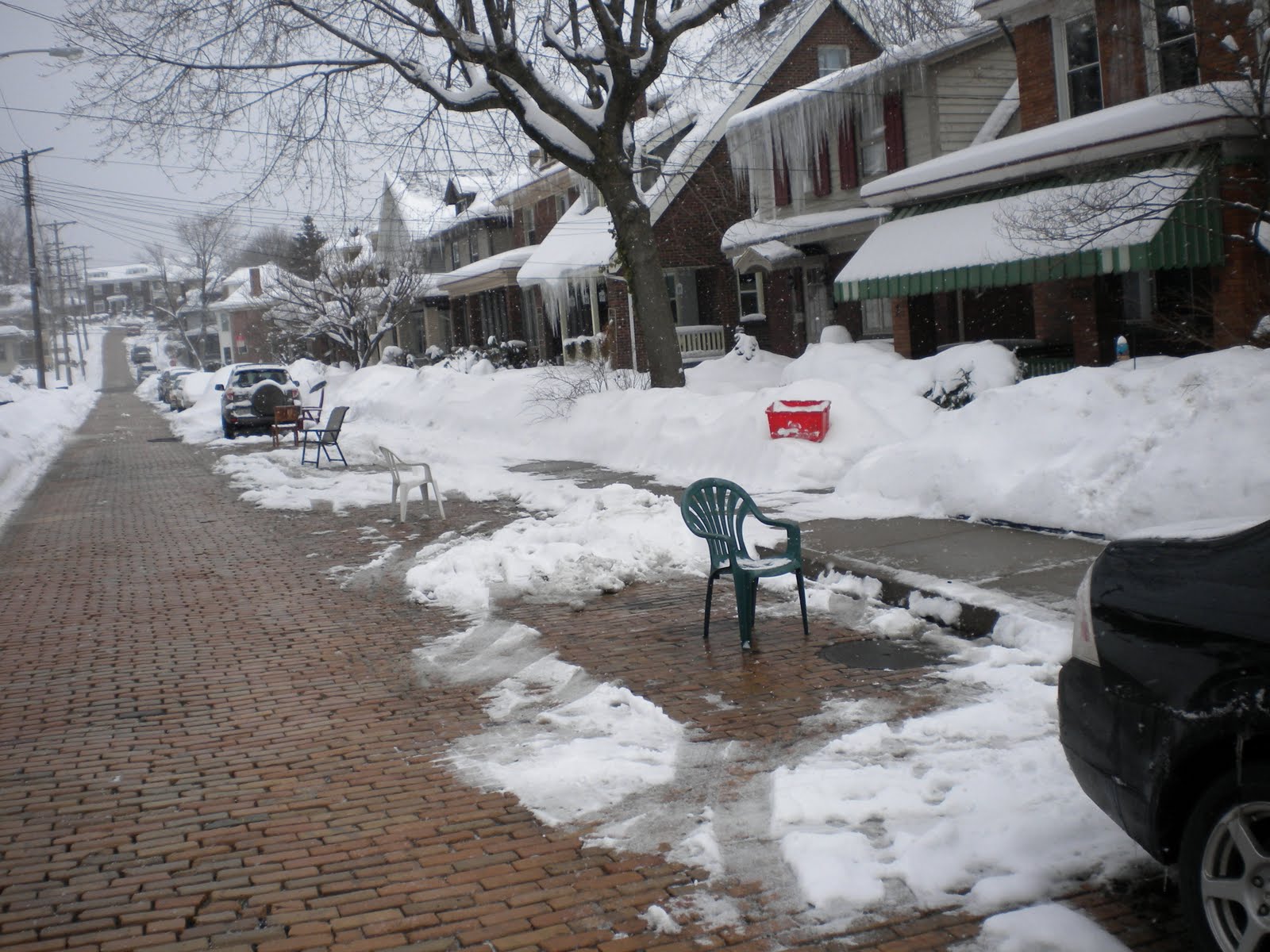Month : February 2018
When it comes to remodeling a bathroom, the tub can make or break the design. The right tub can take your daily soak from a mundane chore to spa-like experience. Go beyond the typical budget shower/tub combo and consider a more unique option. Here are ten popular tub styles to know.
Minimal Alcove Tub
Alcove tubs are your typical apartment bathtubs. They are surrounded by walls on three sides and have only one finished side. Taps are embedded in the walls, and they also serve as showers.
Clawfoot Tub
Clawfoot tubs are cute, retro, and oh so trendy right now. Clawfoot tubs are a type of freestanding tubs, but they sit on little feet, rather than on their bottom. You can have a lot of fun playing with different types of feet.
Angled Freestanding Tub
An angled freestanding tub has a side that’s higher than the other, to provide support for your back, neck and head as you relax in a hot bubble bath. Angled tubs are generally flexible in terms of style. You can pair it with traditional accessories, as above, for a classic comforting look, or put it in a modern space for a sleek take on the traditional freestanding tub.
Oval Freestanding Tub
This is the perfect accent to modern, geometric shape-focused contemporary This makes for an elegant balance of shapes and angles in this modern space.
Drop-in Tub
A drop-in tub can be similar to an alcove tub, except that it is surrounded by tile or another material on at least three sides. It means no tub-like appearance on any of the sides. Drop-in tubs require a bit more financial investment and work at installation, but their installation is quite versatile and they require little maintenance.
Corner Tub
Corner tubs can come in alcove or drop-in construction (although drop-in is more common) and can be used when you want to save space, or when you have plenty of it. Corner tubs can be quite large (sometimes almost hot tub-sized). The best thing about corner tubs is the extra ledge space all around, where you can add beautiful decorative accessories. No need to hide this one behind shower curtains!
Japanese-Style Soaking Tub
The Japanese approach bathing from a totally different direction: they prefer to sit with water up to their chin, rather than lie down. This is a very space-efficient way to enjoy a good soak; and we know that the Japanese are very fond of space-efficient things.
Pedestal Freestanding Tub
The pedestal tub is another style of freestanding tub, which features a small “pedestal” on which the tub sits. This gives the tub some extra height, as well as a retro look.
Wooden Barrel Tub
Before the advent of the ceramic or stone tub, people took baths in wooden barrels. Usually made of treated cedar, modern barrel tubs are favourites of rustic and farmhouse decors. And they are definitely making a comeback.
Rectangular Freestanding Tub
Sometimes the rounded freestanding tub just won’t work with your style. That’s when you can dare a rectangular freestanding tub. Its clear, angular, sharp lines fit with the most contemporary styles.

ARTS AND CRAFTS / MISSION / PRAIRIE – The Industrial Revolution in England changed the way things were made. Hand-built products were replaced with typically poor quality, mass-produced goods. Intent on returning to the joy, honesty and beauty found in the creation of handmade items for the home, William Morris, in 1861, hired a group of artists and designers and created a firm to produce textiles, wallpaper and furnishings for the home. In the late 19th century, the heavy forms used by Morris evolved into lighter, simpler shapes. This change occurred as Japanese art and design became more readily accessible. Their sparse approach was in direct conflict with the dense, heavily furnished Victorian interiors. This direction had a major influence on the design direction in America. Gustav Stickley created his famous line of “Craftsman” furniture and Frank Lloyd Wright developed his Prairie style of architecture on the foundations of this movement. Look for rectilinear shapes, thick and solid material sections and flat, stylized design elements. If wood is used, it will typically be oak.

CONTEMPORARY / MODERN – From an academic standpoint, any new style created after 1930 is considered “contemporary.” The heavy reliance of polished metals found in the Bauhaus designs was getting old. In the 1930’s, wood was resurrected as a key element and the popularity of plastic opened up a whole new palette of options. While both contemporary and modern represent designs that have cut new paths, Kichler likes to categorize Modern pieces as those with a link to aesthetic history from 1930 to the 1960s. Contemporary covers the direction from that point to today. Look for the complete absence of ornamentation, clean, uncluttered lines, single tone finishes without texture and an overall light feel in the construction.

LODGE / COUNTRY – As America matured and residents began to earn more money, time away from the daily routine to relax and regroup lured people to the country. In national parks and wooded areas, lodges were built. Typically using natural materials, often found on-site and constructed using pioneer building techniques, these structures featured exposed, rough-hewn wood beam truss work and stone fireplaces. The high-style rustic interiors complemented the outdoor activities of hunting, fishing, nature walks and lake swimming. Look for rough-hewn wood, natural metals with forge-like features and heavily textured surfaces. Elements of wild game may also be found.

Art Glass – The edges of a piece of glass are wrapped in copper. This task is repeated for each and every fragment of glass in the design, no matter how small. Inside a bowl-shaped mold, the copper-wrapped pieces are set, according to a pattern, side-by-side and then soldered together, one joint at a time. This painstaking process, (some believe to be over 2,000 years old) has changed little since its popularization by Louis Comfort Tiffany and John LaFarge in the late 1800s and early 1900s. Often based in organic designs employing a full palette of colors, recent patterns have explored contemporary themes and monochromatic glass selections. Look for colorful pieces of glass, set in geometric or organic patterns and wrapped in onyx-colored beading. The accompanying lamp base or lamp (bulb) holding devices are usually rich, deep bronze finishes. Many of the contemporary pieces are finished in Brushed Nickel.

TRADITIONAL – After the excesses of the Baroque and Rococo era and prior to the Industrial Revolution, artists were ready to revisit the classic antiquity of Greek and Roman buildings. From 1750 to the early 19th century, Neoclassicism was the predominant style of the day. The look is highly decorative in a refined manner. Gone were the superfluous accents and excessive design elements. The scale was smaller, and the feel was restrained. Look for elegance, gentle curves and straight lines – all wrapped in restrained ornamentation with simple finishing.

TRANSITIONAL – Transitional is to Traditional as Casual is to Contemporary. Like Casual/Lifestyle, Transitional is a rather new term used to define a style that takes Traditional looks and softens them. Here again, the interior environment is meant to convey comfort. Transitional aesthetics run closer to classic Traditional features, but forego the fussiness found in that Classic styling. The intent is to create a warmer, more inviting room setting. Look for bronze or earth-tone finishes, warm glass accents or diffusers, and traditional lines without heavy ornamentation.
Looking to create a flattering glow yet still have enough wattage to see what you’re doing? This speedy lesson in lamps, fixtures, and bulbs (plus some room-by-room tips) will illuminate the way
What Kind of Lighting Does Each Room Need?
There are two rules of thumb: You should have a mix of light sources at different levels to create a flattering ambience, and you need appropriate task lighting for whatever you do in that space (reading, sautéing, getting dressed). Here are tips for five key spots.
Living Room
Light three of the four corners, focusing one of those lights on an object (art, a plant, a striking chair). Use a combination of table lamps and floor lamps, some with a downward glow and some that shine upward. Allow for reading in as many seats as possible with down-glowing lamps on three-way switches. If you have an overhead fixture, put it on a dimmer (see What’s the Deal with Dimmers?).
Dining Room
To draw people in, make the table the brightest spot in the room. Use a chandelier or a pendant above the table, limiting the total wattage to 100. Elsewhere in the room, indirect lighting is best—it’s relaxing and flattering. Give the space a subtle glow with a pair of small table lamps on a sideboard or matching sconces on the wall above. Battery-powered votives inside a glass-front china cabinet can be a nice touch.
Kitchen
Focus on overhead lighting (on a dimmer that you can crank up when cooking), and add lower sources to illuminate work surfaces. Use pendants, under-cabinet lights, or a sturdy table lamp (kept away from the sink).
Bedroom
Aim for a cozy, insular atmosphere: Place reading lamps or sconces by the bed—but not pointed directly at it. If you have recessed or track fixtures, angle them away from the bed, toward the dressing area. On a low table, include a small, intimate lamp with a tinted low-wattage bulb to mimic candlelight.
Bathroom
The best choice for applying makeup is sidelights, such as a pair of sconces flanking the mirror. An overhead light helps fill in any shadows on your face and also fully illuminates the room (important when cleaning). In a large space, you might also want a light directly over the shower.
-Overheard Option #1
Flush-Mount
Fixtures like these hug the ceiling. In a bathroom or a kitchen, their bright, whole-room illumination is useful; elsewhere they can be harsh. Calm one down by swapping in low-wattage bulbs, aiming for a total wattage of about 60.
-Overheard Option #2
Semi flush
These lights hang down a foot or so from the ceiling. Generally, more charming than standard flush-mounts, they have a bit of the glamour of pendants but are short enough for head clearance in most spaces.
-Overheard Option #3
Pendant
The term applies to any fixture suspended from a chain or a cord, including chandeliers. Best over tables and counters or in rooms with ceilings nine feet tall or higher. Tip: Add up the length and width of the room in feet and use the same number in inches for your fixture’s diameter.
-Overheard Option #4
Recessed Lights
Embedded in the ceiling, recessed lights (a.k.a. high hats or can lights) are sleek, inconspicuous, and ideal for low ceilings. When it comes to size, smaller (about three inches in diameter) is chicer. Directional recessed lights can be set to beam toward a certain spot.
-Overheard Option #5
Track Lights
These are adjustable two ways: You can slide each fixture to where you want it, then angle it to hit a specific area (great for accenting art or objects). Opt for small units in a finish that matches other metals in the room.
-Size and Placement
Bedside Lamps
When you hunker down in bed to read, you want the bottom of the shade to be a little below your line of sight, or about 16 to 18 inches from the top of the mattress. A table lamp that’s 26 to 28 inches tall (base and shade together) usually works well.
-Size and Placement
Kitchen Pendants
They should clear the head of the tallest family member and not obstruct views—figure 36 to 48 inches from the top of the counter. Start the row of lights 12 to 15 inches from either end of the island or table, and space them evenly within that span.
-Size and Placement
Dining-Room Chandelier
Go for a fixture one-half to three-quarters the width of the table; anything larger will cast shadows on faces. Hang the light 36 to 48 inches above the table. Choose the lower number for more intimacy, the higher one if you want to stand when toasting.
-Size and Placement
Bathroom Sconces
Mount sconces on either side of the mirror (36 to 40 inches apart is ideal) to cast even illumination across the face. Position the fixtures so the bottom edges of the shades are a little below eye level, or approximately 60 to 65 inches from the floor.
-Wattage Best for…
Reading
Use a 40- to 60-watt bulb. To prevent shadows, the lamp should be between your head and the page. A lamp with an opaque shade, like a metal reading lamp, cuts glare.
Staring at a Computer
To prevent eye fatigue, keep the light in the room no brighter than the screen. Sixty watts in a desk lamp, supplemented by soft, ambient light (from outside or overhead) will do the trick.
Putting on Makeup
You’ll need 60 to 80 watts of light. So a 40-watt bulb in each of a pair of sconces or three to four 25-watt bulbs above the vanity work well. Add the overhead if you need more.
-Which Bulbs Should I Use?
1: Silver Bowl
A metallic finish on the top half of the bulb softens the light. A great solution for overheads with exposed bulbs, especially if there isn’t a dimmer.
2: Soft Pink
Emits a gorgeous, rosy glow. Perfect for mood lighting in the living room, the dining room, or a bedroom. Once you switch, you’ll never go back.
3: Round Candelabra
Try these in a modern chandelier. Or, for a surprise, swap them in for the flame-shaped bulbs in a traditional chandelier.
4: Edison
Inspired by Thomas Edison’s original design, it has a visible filament and a rustic glow. Pricey and low-wattage, it’s worthwhile only in lamps where the bulb is exposed.
A tight budget makes home lighting more of a challenge, but a little creativity can keep your home bright without a large investment. Dedicated lighting stores offer a wide selection of fixtures, but many also come with a serious case of sticker shock. Looking beyond the lighting store opens you up to budget-friendly lighting options for every room of the home. Several factors go into a budget lighting project, from the scope of the lighting makeover to your style.
Identify the rooms and lighting fixtures that need updating. Evaluate the shortcomings of the current lighting in the area, as well as the typical uses for the area to help determine the type of lighting needed.
Browse decorating magazines to find pictures of lighting fixtures you like. Take the pictures with you as you shop for lighting to look for similar styles at lower prices.
Shop around at different stores to compare prices. Lighting fixtures are also available online from various retailers. Factor in the cost of shipping and look in brick-and-mortar stores to make sure you’re getting a good deal online.
Shop secondhand stores that deal with home furnishings for used lighting options. Habitat for Humanity runs ReStores, which are nonprofit stores selling donated home furnishings. Garage sales and auctions are other options for secondhand lighting fixtures.
Purchase LED lighting for your home to save money over time. You might pay a little more up front, but you’ll save over time with the long-lasting bulbs.
Use white Christmas lights above and underneath cabinets to add lighting accents at a low cost. Place a strand of lights in a glass vase or jar for accent lighting on a table or countertop.
Install your own light fixtures if you feel comfortable working with wiring, but remember this is a dangerous project if you don’t know what you’re doing. Personal injury and fires are potential dangers of handling the work yourself. Ask an experienced friend or family member if you aren’t sure about the process. You might also find a seminar or class on the process or get advice from hardware store employees.
Reuse as many of your current lighting fixtures as possible. Polish the metal, replace shades or add embellishments to lamp shades to change the look of the fixtures.
35 Days left til Spring



